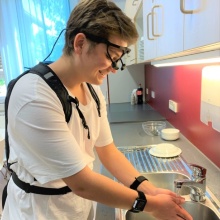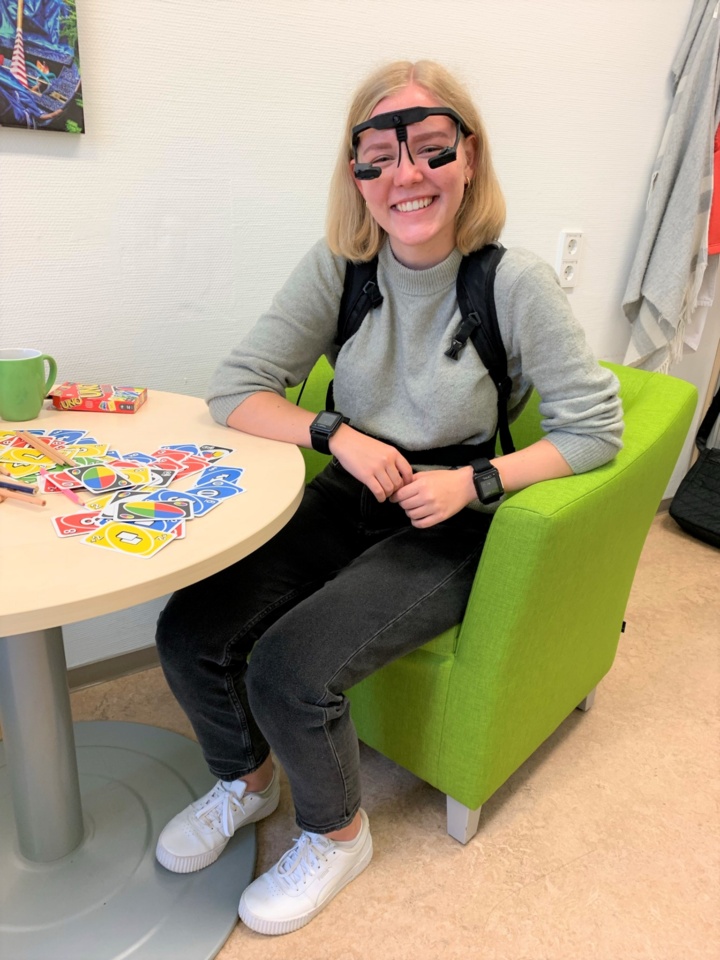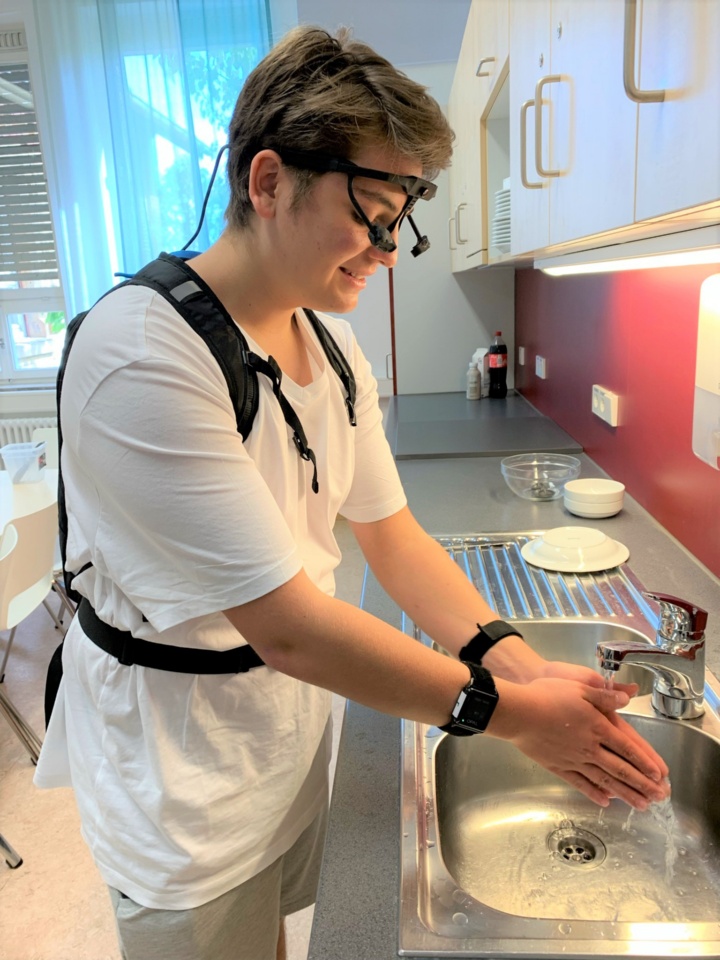Washing our hands, checking that the refrigerator is closed and the stove is turned off, or folding laundry and putting it in the closet are all everyday activities that we do without thinking about them. But if we start to do these tasks repeatedly according to certain rituals until we get them just right, and if unpleasant thoughts arise, these could be signs of an obsessive-compulsive disorder. About three percent of children and adolescents between the ages of 13 and 17 exhibit such compulsive behaviors. Due to these disorders, they and their families often experience significant disruption to their daily lives.
Treating obsessive-compulsive disorders where they occur
"Treatment for obsessive-compulsive disorders, such as cleaning, control and order disorders, should be carried out where the compulsive behavior occurs," explains Prof. Tobias Renner, Medical Director of Child and Adolescent Psychiatry at UKT. "We can work on the triggers for the respective obsessive-compulsive behaviors in discussions with the patients in the treatment room, but if treatment is to be successful, we must begin with the real triggers - in the everyday life of the patient."
In the joint project study SSTeP-KiZ (Smart Sensor Technology in Telepsychotherapy for Children and Adolescents with Obsessive-compulsive Disorder) researchers from the University of Tübingen, the University of Stuttgart and the UKT are testing the use of multimodal sensors. These sensors help psychiatrists to objectively record and assess the reactions of their patients. "Teletherapy via video can be very successful," says Renner. "However, to achieve long-term success, we need to be better able to identify the triggers for compulsive behaviors as well as stress levels in children and adolescents during exposure exercises in the home environment."
To this end, researchers from the fields of child and adolescent psychiatry, brain research, information technology, cognitive science, and visualization technology are developing software that enables the synchronized recording, streaming, and analysis of multimodal sensor information. The patients wear eye trackers and sensors, for example on their wrists, which record vital signs, movement patterns and the environment from their perspective. The data gathered allows researchers to analyze stress responses and customize treatment options. So far, 20 children and adolescents have already been successfully treated using this approach.
Teletherapy in everyday life with multimodal sensors
Using confrontation exercises known as exposures, children and adolescents are exposed to the triggers that activate their compulsive behaviors. During the exercise, the researchers record physical markers of stress using electrocardiograms (ECGs) and the patients' movements using sensors and eye trackers. "Stress cannot be measured objectively with the ECG alone," says Dr. Winfried Ilg, Data Scientist in the area of neurological and psychiatric disorders at the Section for Computational Sensomotorics at the Hertie Institute for Clinical Brain Research. "To be able to devise the best possible course of action from the data, we need to know whether a stress response is due to physical exertion, such as climbing stairs or riding a bike, or due to uncomfortable thoughts and anxiety."
As part of teletherapy, children and adolescents wear an ECG belt, sensors on their arms, and eye trackers in their everyday lives. Vital signs and movement data are gathered for later analysis on a tablet that patients carry in a backpack. This allows researchers to identify specific actions as triggers. "It's not just the line of sight that provides us with relevant information, but also movements," Ilg explains. For example, if children and adolescents reach hesitantly for a door handle and their heart rate increases, while heart rate variability decreases, grasping the door handle could be the trigger for their discomfort and anxiety. To escape from this situation, sufferers perform a rehearsed compulsive action, washing their hands for minutes at a time, for example. "This decreases heart rate, while increasing heart rate variability - a sign that stress is being reduced," says the Tübingen researcher.
"During the course of therapy, it is important to know when and why stress decreases or increases. This makes it possible for us to tailor exercises to suit the individual patient," says Renner. In therapy sessions, children and adolescents are confronted with the triggers for their compulsions and learn how to consciously resist performing a compulsive behavior. Renner knows from experience: "If patients learn to endure stressful thoughts in the teletherapy session without carrying out the compulsive action, they gradually regain their freedom in their everyday lives."
Associating stressors with compulsive behavior sequences
In a further SSTeP-KiZ study on electronic assistance systems, the researchers want to discover how patients continue to improve in everyday life. "We want to investigate how stress perception and behavior change when the children and adolescents are able to practice resisting the performance of compulsive behaviors in everyday life without the therapist," says Prof. Andreas Bulling, an expert in human-computer interaction and cognitive systems at the University of Stuttgart's Institute for Visualization and Interactive Systems (VIS). "Previous studies have shown a clear correlation between biomarkers of stress and purposeful and hesitant movements, or resting and frantic pupil movements. That's why, when it comes to data analysis, we can and must pay more attention to both of these aspects in order to develop adaptive assistance systems."
The SSTeP-KiZ project is a joint study by researchers from the newly founded Center for Bionic Intelligence Tübingen Stuttgart (BITS).
Expert Contact:
Prof. Tobias Renner, Medical Director of Child and Adolescent Psychiatry, Universitätsklinikum Tübingen, Phone: +49 7071 29 62510, Email
Dr. Winfried Ilg, University of Tübingen, Section for Computational Sensomotorics, Phone: + 49 7071 29 89125, Email
Prof. Andreas Bulling, University of Stuttgart, Institute for Visualization and Interactive Systems, Phone: +49 711 685 60048, Email
University Communications
Keplerstraße 7, 70174 Stuttgart

Jacqueline Gehrke
Online Editor




